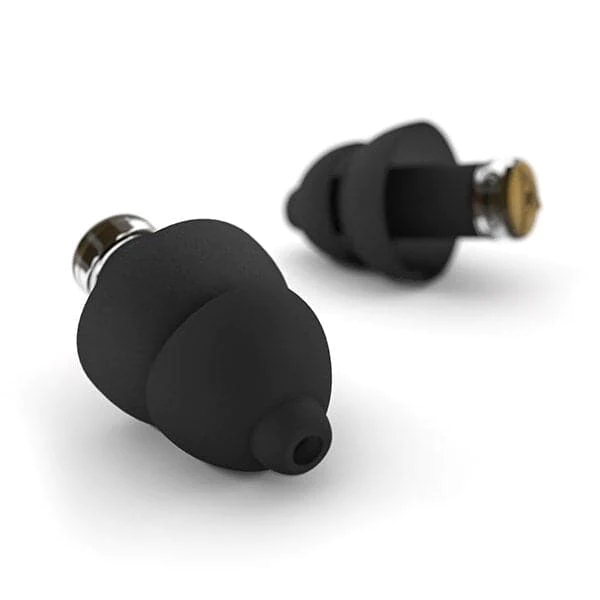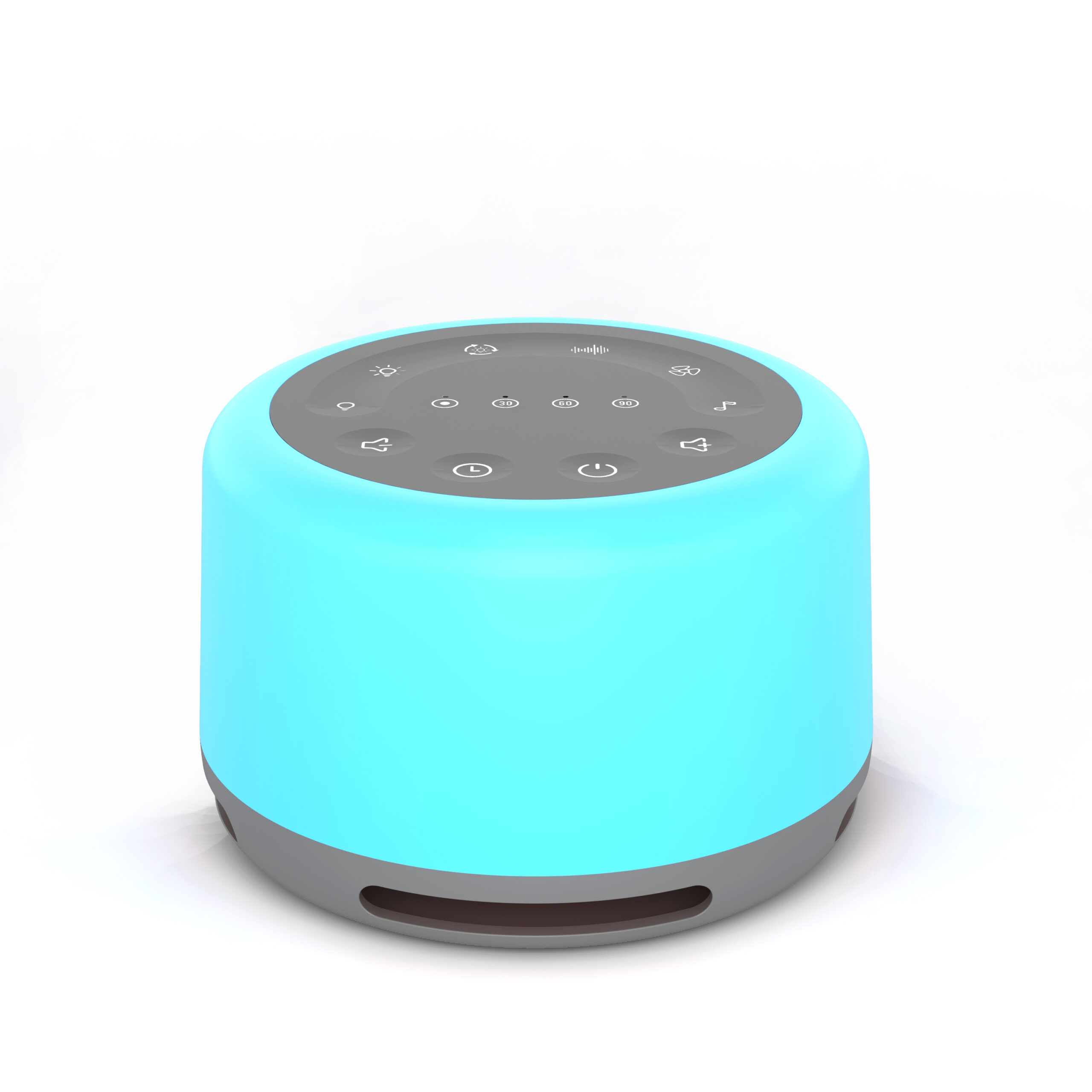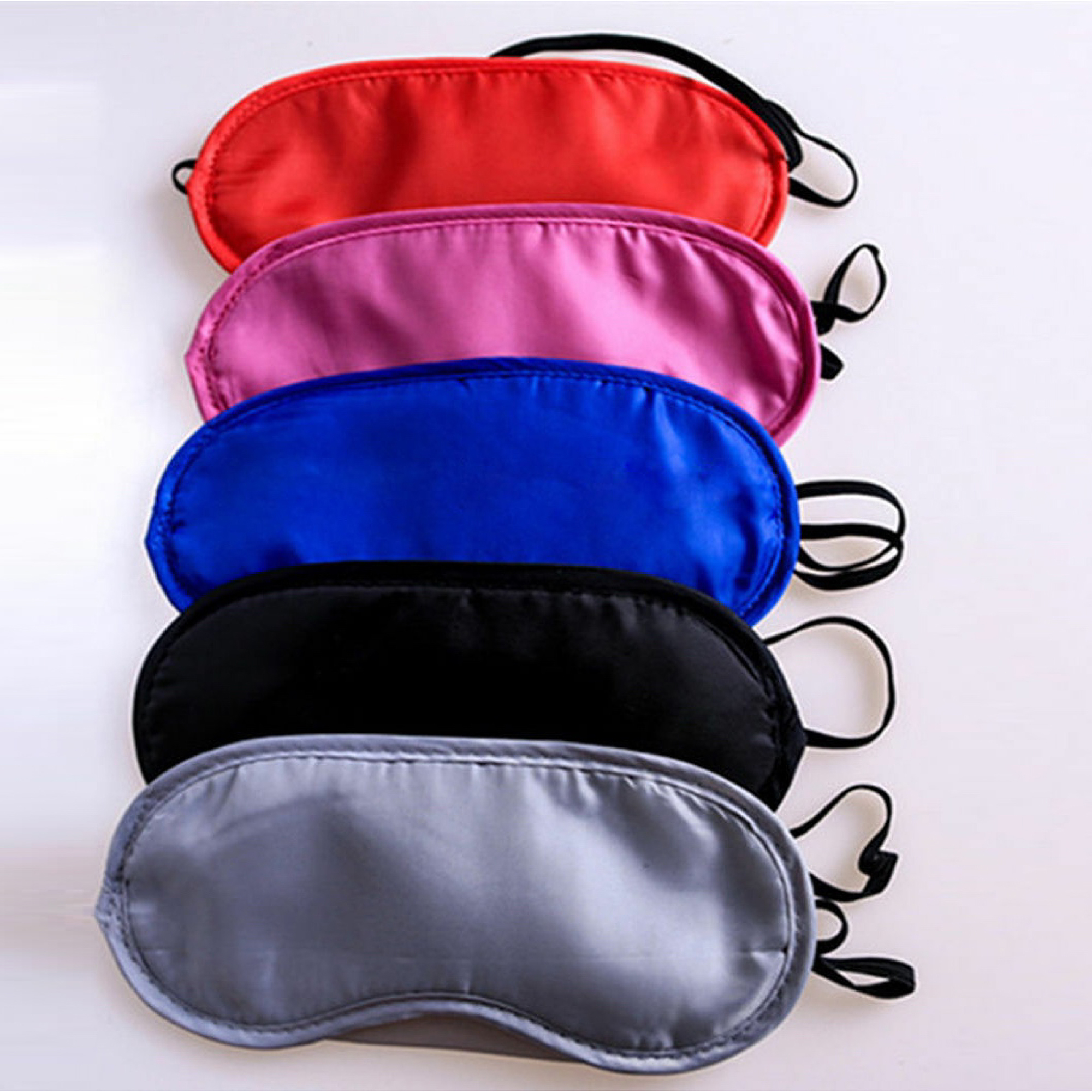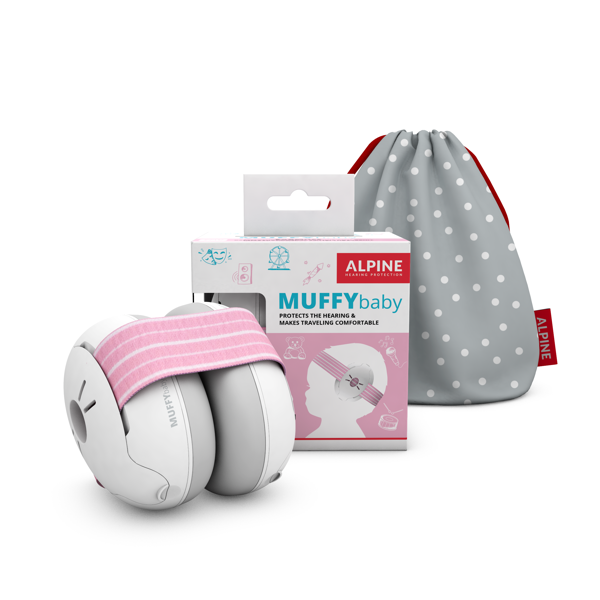Blog
Brown Noise vs White Noise: Which One is Better for Sleep?
- Daniel Hastings
Table of Contents
In the quest for a peaceful night’s sleep, many people turn to white noise as a reliable solution. However, in recent years, brown noise has emerged as a potential contender in the battle for restful slumber. In this blog, we will delve into the world of brown noise vs. white noise, exploring their differences, benefits, and the types of noise they effectively block out.
Understanding Brown Noise and White Noise
Before we compare brown and white noise, let’s understand what each of them is:
White Noise
White noise is a type of sound that contains equal intensity across all frequencies within the range of human hearing. It’s a consistent and steady sound that encompasses a broad spectrum of frequencies, from low to high. White noise is often compared to the static you hear on a television or radio when it’s not tuned to a specific channel.
Brown Noise
Brown noise, on the other hand, also known as red noise due to its association with the color red on the light spectrum, is a form of random noise that emphasizes lower frequencies. While white noise has uniform intensity across all frequencies, brown noise emphasizes lower frequencies, creating a deeper and more soothing quality of sound. It’s often described as a gentle, rumbling noise.
Brown Noise vs White Noise: The Sleep Showdown
When it comes to the battle of brown noise vs white noise, each has its unique advantages, making them suitable for different sleep-related challenges.
In the quest for a peaceful night’s sleep, many people have turned to white noise over the last 50 years as a reliable solution. However, in recent years, brown noise has emerged as a potential contender in the battle for restful slumber. The debate over whether brown noise is better for sleep than white noise is subjective and depends on individual preferences and sleep conditions.
Brown noise is particularly favored by individuals seeking a deeper, more restorative sleep. Its unique characteristics make it well-suited for specific sleep-related challenges.
Let’s explore the scenarios in which each type of noise may excel.

6 Effective Benefits of White Noise for Sleep
- Blocking Disruptive Noises: White noise is excellent at drowning out sudden and disruptive noises that may wake you up at night. This includes sounds like sirens, car alarms, loud conversations, or noisy neighbors. By creating a consistent background noise, white noise helps mask these interruptions and allows you to stay asleep.
2. Tinnitus Relief: Individuals with tinnitus, a condition characterized by a persistent ringing or buzzing in the ears, often find relief in white noise. The constant sound of white noise can help mask the intrusive tinnitus noises, making it easier to fall asleep and stay asleep.
3. Creating a SleepConducive Environment: White noise can be used to create a consistent and soothing auditory backdrop that signals to your brain that it’s time to sleep. This is especially helpful for people with trouble falling asleep in environments with inconsistent or irregular background noise.
4. Improving Focus: While primarily used for sleep, white noise can also enhance focus and concentration during tasks that require sustained attention. Some people find it helpful for studying, working from home, or engaging in creative work.
5. Soothing Babies and Young Children: Many parents use white noise machines to help soothe fussy infants and young children. The consistent background noise mimics the sounds babies hear in the womb and can be comforting, making it easier for them to fall asleep and stay asleep.
6. Masking HighPitched Sounds: White noise, with its even distribution of frequencies, is effective at masking high-pitched sounds like ringing phones, chirping insects, or dripping faucets that may disturb sleep.
In summary, white noise is a versatile tool that can improve sleep quality by creating a consistent auditory environment, masking disruptive noises, and promoting relaxation. Its effectiveness in aiding sleep makes it a popular choice for individuals seeking a more restful night’s rest.

6 Benefits of Brown Noise for Sleep
1. Promoting Deep Sleep: Brown noise is known for its ability to promote deep, restorative sleep. It has a soothing, rumbling quality that can create a calming sleep environment, making it easier to fall asleep and stay asleep throughout the night.
2. Blocking Low-Frequency Sounds: Brown noise is particularly effective at masking low-frequency sounds that might disrupt sleep. These can include deep bass sounds, distant thunder, or the rumble of appliances. By emphasizing lower frequencies, brown noise can drown out these disturbances, providing a more peaceful sleeping environment.
3. Enhancing Focus and Concentration: While primarily used for sleep, some individuals find brown noise beneficial for enhancing focus and concentration during tasks that require sustained attention. It can help create a consistent background sound that minimizes distractions and promotes mental clarity.
4. Managing ADHD Symptoms: People with attention-deficit/hyperactivity disorder (ADHD) often struggle with distractions and difficulty focusing, impacting their sleep ability. Brown noise’s consistent and calming background sound can help mask other environmental noises, making it easier for some individuals with ADHD to concentrate and relax, ultimately aiding their sleep.

5. Reducing Anxiety: Brown noise’s deep and soothing quality can calm individuals dealing with anxiety. Creating a tranquil atmosphere that minimizes sudden disruptions can reduce anxiety levels and promote relaxation, making it easier to fall asleep.
6. Promoting a Consistent Sleep Environment: For those who prefer a constant and soothing auditory backdrop for sleep, brown noise can signal to the brain that it’s time to rest. This can be especially helpful in environments with inconsistent or irregular background noise.
MultiSound Magic: Brown, Pink, and White Noise All in One Device
If you’re looking to harness the benefits of both brown and white noise, the Tranquillity MultiSound Machine by Sleep and Sound might be the perfect solution. This innovative device offers a range of noise colors, including brown, pink, and white noise, allowing you to customize your sleep environment to your preferences.
Why the Tranquillity MultiSound Machine Stands Out
Customizable Sound: The ability to switch between brown, pink, and white noise means you can select the sound that suits your mood and sleep needs best.
Compact and Portable: The Tranquillity MultiSound Machine is compact and easy to carry, making it a great travel companion for those who want consistent sleep sounds wherever they go.
Built-In Timer: You can set a timer to turn off the machine after you’ve fallen asleep, saving energy and ensuring a disturbance-free night.
Soothing Soundscapes: In addition to noise colors, this machine offers a variety of calming soundscapes, such as ocean waves and forest streams, to enhance your sleep experience further.
Quality Assurance: Sleep and Sound is committed to providing high-quality sleep solutions, ensuring you receive the best sleep possible.

Summary
The answer isn’t one-size-fits-all in the ongoing debate of brown noise vs. white noise for better sleep. What works wonders for one person may not have the same effect on another. Exploring different noise colors and discovering which one aligns with your sleep preferences and needs is essential.
With the Tranquillity MultiSound Machine, you have the power to choose your sleep soundtrack and embrace the soothing qualities of brown, pink, and white noise. Say goodbye to sleepless nights and hello to a world of restful slumber.
Whether you choose the tranquil rumble of brown noise or the consistent hiss of white noise, the goal remains the same, and the versatility of the Tranquillity MultiSound Machine is your answer to achieving a peaceful night’s sleep that leaves you refreshed and ready to tackle the day ahead. Sweet dreams!
In summary, brown noise is a valuable tool for sleep in scenarios where deep, uninterrupted rest is desired. It excels at masking low-frequency sounds, enhancing focus, managing ADHD symptoms, reducing anxiety, and creating a consistent sleep-conducive environment. While both brown and white noise have their merits, choosing the right one depends on individual preferences and specific sleep-related challenges.
FAQs
Is it OK to Listen to Brown Noise All Night?
Yes, listening to brown noise all night is safe if it helps you sleep better. However, keeping the volume at a moderate level is essential to prevent potential hearing damage. Many people use white noise machines or apps that offer a variety of noise colors, including brown noise, for extended periods.
Why Does Brown Noise Help ADHD?
Individuals with attention-deficit/hyperactivity disorder (ADHD) often struggle with distractions and difficulty focusing. Brown noise’s ability to create a consistent, soothing background sound can help mask other environmental noises and enhance concentration for some people with ADHD.
What Colour Noise is Best for Anxiety?
While brown noise is one option, other “colors” of noise, such as pink or nature sounds like rainfall, can also effectively manage anxiety. The best colour noise for anxiety varies from person to person, so finding the one that brings you the most comfort is essential.












